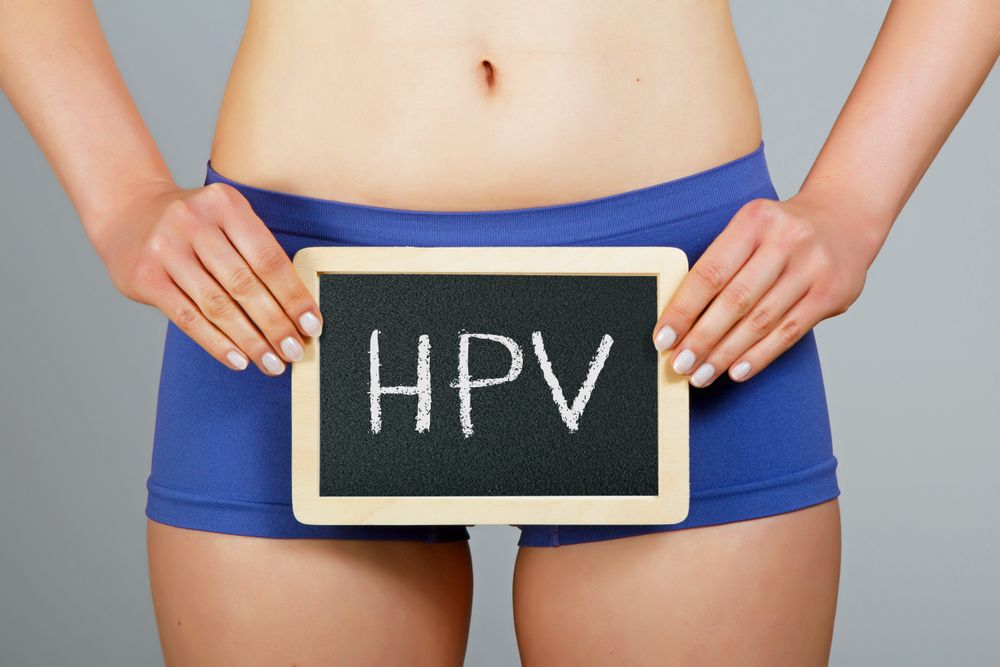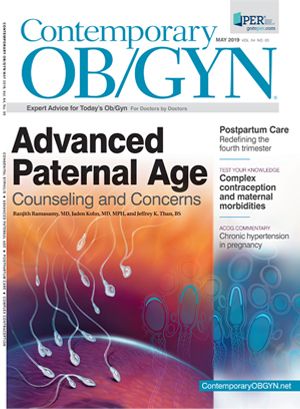Experimental vaccine for HPV-associated CIN2/3
A therapeutic vaccine may be effective and safe for clearing cervical intraepithelial neoplasia (CIN) 2/3 irrespective of HPV subtype.
©Evan Lorne/shutterstock.com

Vaccination is effective for preventing infection with certain subtypes of human papillomavirus (HPV), but nonsurgical, nonablative therapies are needed to control HPV disease. Results of a recent study in Gynecologic Oncology suggest that a therapeutic vaccine may be effective and safe for clearing cervical intraepithelial neoplasia (CIN) 2/3 irrespective of HPV subtype.
The multicenter, prospective, randomized, double-blind, parallel-group, study enrolled women aged 18 years and older who had a histologically confirmed diagnosis of HPV-associated CIN2/3. Women who had received a prophylactic HPV vaccine were excluded. The vaccine tested was the Tipapkinogen Sovacivec (TS) therapeutic HPV vaccine and follow-up in the placebo-controlled trial was done for 2.5 years.
Participants in the study were randomized 2:1 (TS vaccine:placebo). They received the drug or placebo via subcutaneous injection in the thigh three times over 15 days. Cytologic and high-risk HPV testing was done at 3 and 6 months. The primary efficacy endpoint was individual histological resolution at 6 months when excisional therapy was performed.
In the trial, 129 subjects received vaccine (mean age 30.1 years) and 63 received placebo (mean age 29.8 years). The authors noted that the rate of complete resolution of CIN2/3 was significantly higher in the vaccine group than in the placebo group regardless of HPV type (24% vs 10%, P <0.05). The vaccine also outperformed the placebo in instances of just CIN3 regardless of HPV type (21% vs 0%, P< 0.01). Nearly all vaccine recipients had injection-site reactions but otherwise the drug was well tolerated.
The authors say their findings suggest that the TS vaccine may offer a potential non-surgical option for women with cervical precancer. The results indicate that the vaccine provides histologic clearance of CIN2/3 regardless of HPV type and is generally safe through 30 months.
“Our results show that this phase 2 therapeutic vaccine clears not only the diseased tissue, the CIN 2/3, but also the HPV that causes it at more than twice the placebo rate,” said Diane M. Harper, M.D., M.P.H., M.S., Senior Associate Director, Michigan Institute for Clinical and Health Research and Physician Director for Community Outreach, Engagement and Health Disparities, Rogel Cancer Center, Michigan Medicine.“LEEPs only remove the diseased tissue and women are at risk for another 15 to 20 years for redevelopment of their HPV disease. Having a simple solution that does not require surgery is important as an option, even if not all women are cured. In medicine we usually use the least intervention possible as a starting point.”

Link found between delayed prenatal care and congenital syphilis rates
August 7th 2024A study presented at the Infectious Disease Society for Obstetrics and Gynecology 2024 Annual Meeting found an increase of 4 days between diagnosis and treatment among pregnant patients with congenital syphilis vs those without congenital syphilis.
Read More
Reducing costs and increasing accessibility key to enhancing STI testing among youth
August 6th 2024A study presented at the Infectious Disease Society for Obstetrics and Gynecology 2024 Annual Meeting highlights the importance of affordability and convenience in boosting STI test uptake among adolescents and young adults.
Read More
